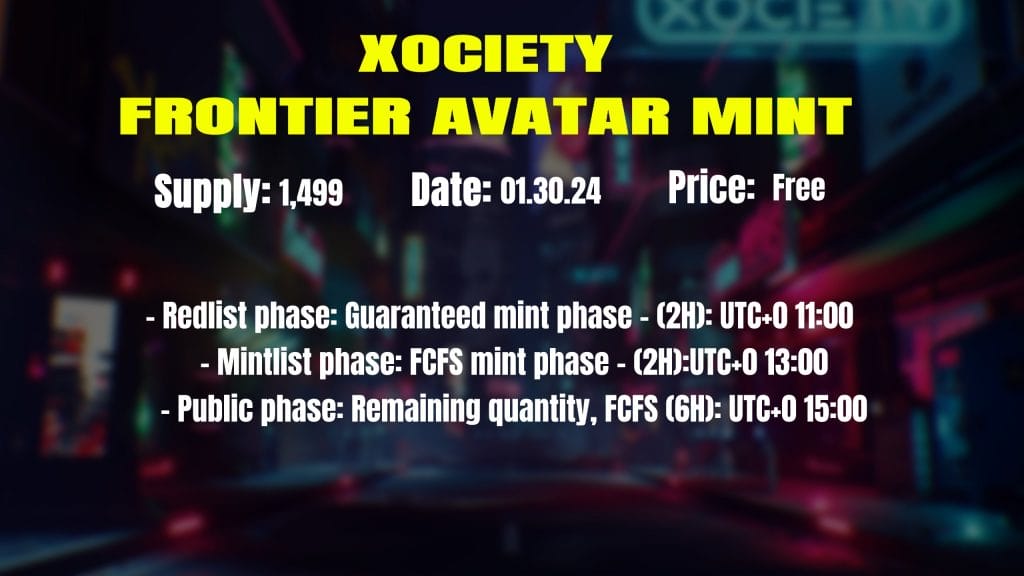One of the hardest things to do in the NFT space is to pay for an asset that hasn’t been launched yet. Users speculate on the promise that the project will deliver what it advertises and that the market will accept the product, adding a lot of investment characteristics to the whole process. Sadly, this method of initial asset distribution has been the industry standard. But with the space continuously evolving, a new trend is emerging that could change how projects initially release their digital assets. That trend is called Free-to-mint.
Minting is the process of registering a unique digital asset on the blockchain, establishing its authenticity and ownership. NFT collections have an associated mint price, which is the cost of acquiring the NFT during the initial distribution of the collection. This is used by the market as a baseline for the collection’s secondary market value. This approach has been met with criticism within the space as it prices out potential ecosystem entrants. Finding the appropriate market price at the point of initial distribution is also a challenge. These criticisms are solved through free mints.
Also known as lazy minting, Free-to-mint, from the name itself, is an NFT distribution strategy that has a mint price of zero. All users have to do is pay the gas fee to acquire the NFT. Projects forgo the initial revenue from the NFT sale in exchange for more users to acquire their assets. But why would projects opt to miss out on revenue?
One reason is that creators want to avoid paying the initial fees to put the assets on the blockchain, instead passing this off to the community in exchange for zero overhead costs. Another is the actual distribution of the asset to more users who wouldn’t have been able to mint the NFT if there was a high mint price associated with it. Lastly, it allows the market to discover the price of the assets on their own. How people feel after minting an NFT is usually tied to its price on the secondary market. If the initial price of the NFT is zero, then there is no other way but up for the prices of these NFTs on the secondary market. But if something is free, how does it gain enough value to be worth trading?
Timing, rarity, and utility are at the center of how these NFT collections gain value despite it being initially free. Those who learned about the project early and became active members of that community are usually rewarded with mint spots in the Free-to-mint campaign. Once minted, the traits of the NFT play a factor in its rarity, and ultimately in the NFT’s price. Lastly, those who found out about the project at a later period, or didn’t have enough time to be active enough for a mint spot would have to acquire the asset on the secondary market.

The extra effort and time input to acquire a mint spot is how value is injected into these NFTs. A perfect example is how Xociety, a metaverse shooter game, distributed its Frontier NFTs. Active members of their discord community were given mint spots for the free NFT drop. Once revealed, Frontier NFTs were given random rarity traits distinguishing them from each other. The team also opted to align the mint to their initial alpha game test, creating immediate demand and utility for the asset. As of writing, Xociety’s Frontier NFTs have a floor price of 0.0803ETH (~P13,100) and go as high as 2.75 ETH (~P449,500). Not bad for an NFT collection you got for free.
Free-to-mint distributions could be a game changer in the Web3 space that gives more people access to more collections. It allows the market to discover the price of the NFTs on its own and promotes the incubation of an active community of early supporters. I wouldn’t be surprised if more NFT collections, especially NFT gaming projects, opt for a Free-to-mint mechanism within their ecosystem.


